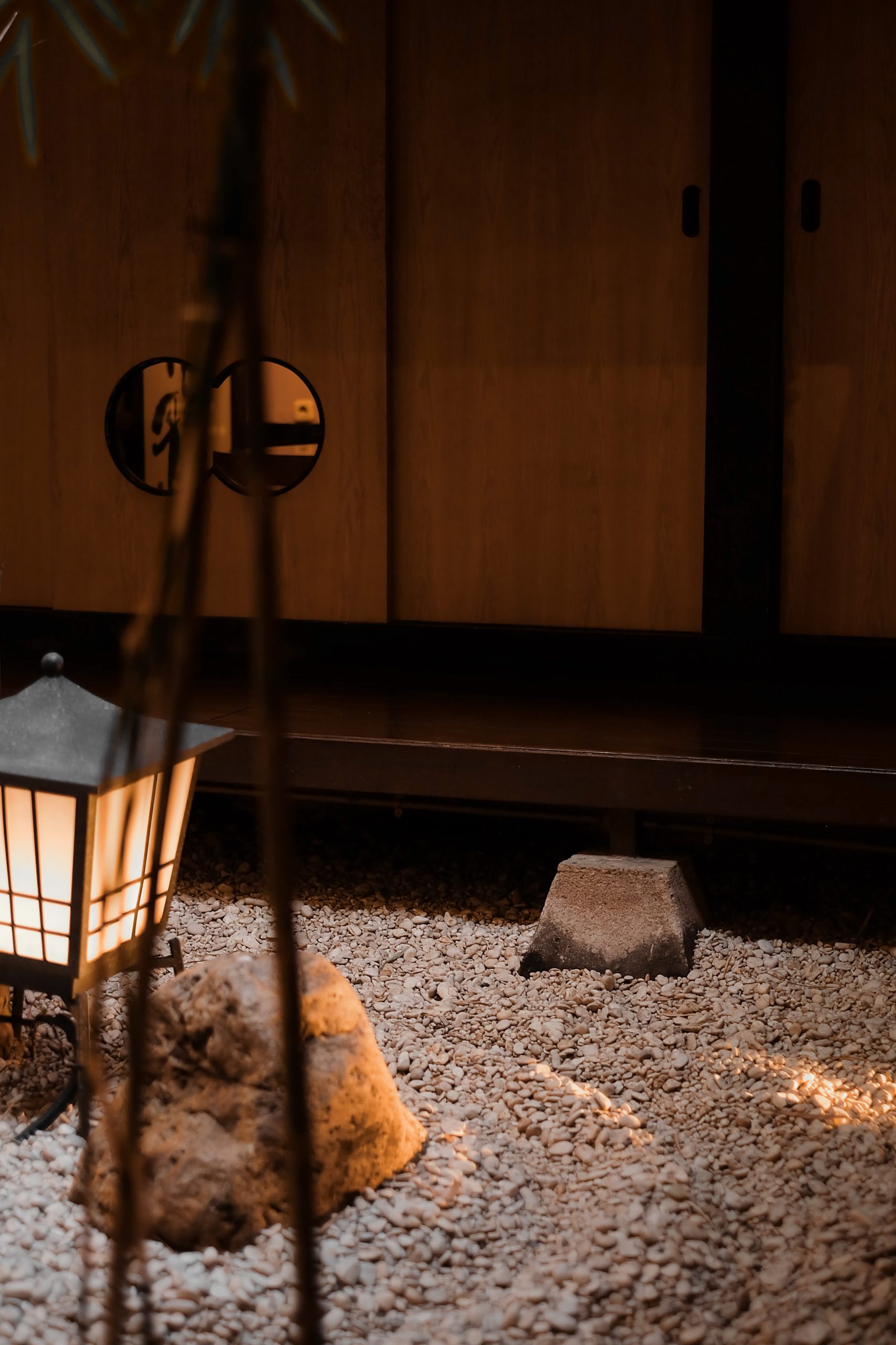Build a Japanese garden with our wooden floors or natural stone floors
The Japanese gardens are known throughout the world for being a space with abundant nature, tranquility, and balance for the mind. In many big cities, you can find one, for example in Buenos Aires, Argentina, a huge place all inspired by Japanese culture.
In addition, you can also enjoy them in private residences, parks, temples, sanctuaries, castles, or even museums.
The importance of a garden in your home
The garden of your house is a place that has to provide you with good feelings since it is often used as a resting area. There are different ways to decorate it and among all is the oriental one is very much liked. You might think it takes a lot of work to create a Japanese garden, but actually, it is not complicated landscaping to make. With a few touches, you will create a space, so you and your family and guests can immerse as if they were part of the land of the Rising Sun.
History of the Japanese garden
The Japanese Garden was born very early, in the Heian period in Japan as imported art from China. It is the period of Japanese history in which Confucianism and other influences reached their peak, and it is highlighted in history by the great development of art, especially poetry and literature. Heian means “peace and quiet” in Japanese.
For Japanese culture, this is a space to perform the traditional tea ceremony. The Japanese garden was created as a need to be in constant contact with nature. The important thing is that there are plants, water, and rocks. These three elements are the essential elements and with them, you can create a wonderful place. The Japanese garden is not symmetrical, on the contrary, and that is one of its keys. There are curved lines, diagonals, and changing spaces. Everything combines to break with the routine and find a time without time, a large and small space at the same time, a place inside and outside of oneself; the equilibrium.
Composition of Japanese gardens
The goal of Japanese gardens is always to capture the natural beauty of nature. That is why they seek to be irregular, like nature itself. We recommend the use of Harwood floors or natural stone, because these two elements give the environment a natural touch, in balance with all the others inside the garden.
Japanese gardens stand out for five key elements:
Symbology: The elements that make up the garden symbolize aspects of nature. Rocks, for example, symbolize mountains or islands and raked sand symbolizes the sea and its waves.
Hidden elements: Many Japanese gardens are designed so that there are elements that are hidden and that you only discover as you walk through the garden.
Micro-landscapes: Gardens reproduce familiar landscapes on a small scale.
Background overlay: In Japanese gardens, the design is used as a background overlay, so as not to show everything at once. The concept of ‘borrowed landscape’ is important here, incorporating elements outside the gardens as part of the overall view of the garden.
Asymmetry: In the design of a Japanese garden, asymmetry is important. No element stands out above the rest and for this, the different elements are placed diagonally and play with the angles.
Create your own Japanese garden at home
To create a Japanese garden in your home you do not need much as we said, plants, flowers, sand, rocks, water which is in fact one of the most important elements, fish (if you want to include them), and soils that can resemble nature.
In this case, our designs in Hardwood Floors are ideal if you want to include them in a part of the garden since wood is an important part of Japanese design.
And finally Natural Stone also works in combination with all the elements in the garden, because it provides diversity to the landscape shown. Check our Natural Stone Floors.
Remember we can help you with any question, and we will be glad to have you in our showroom here in Philadelphia.











